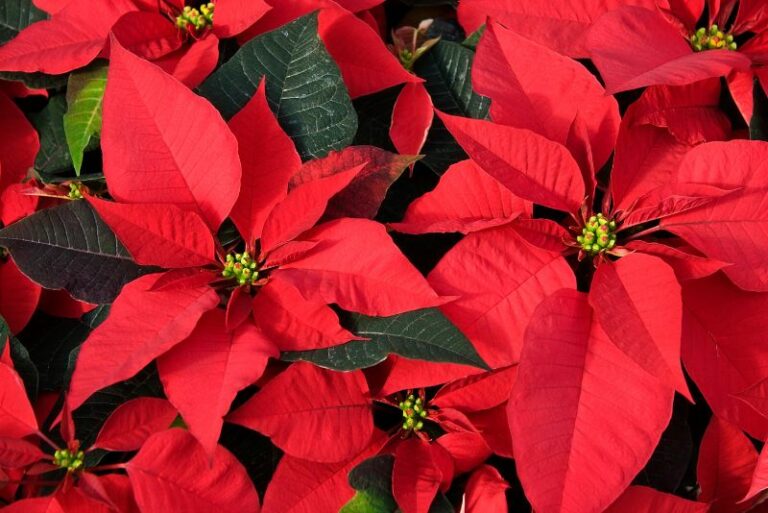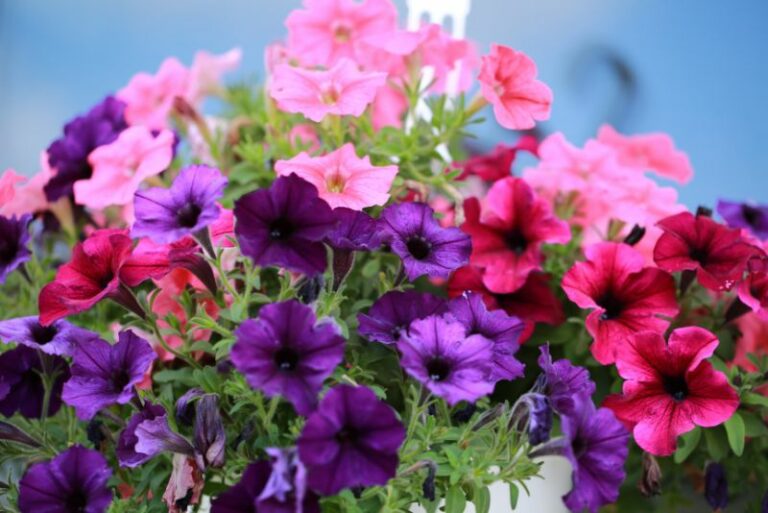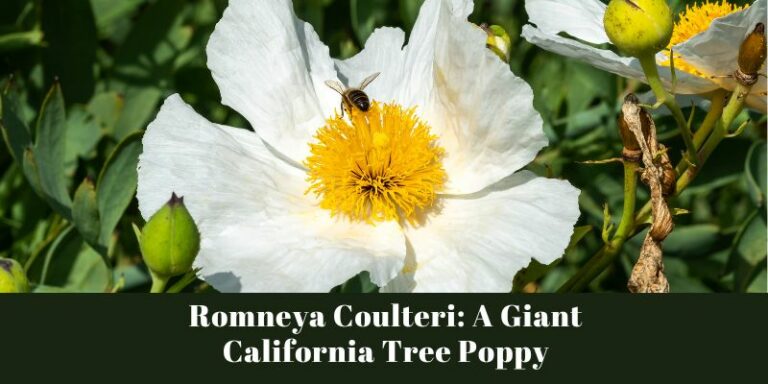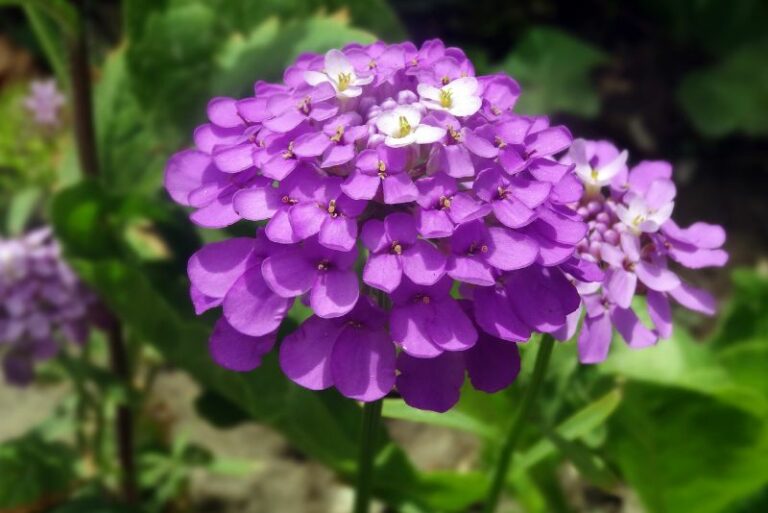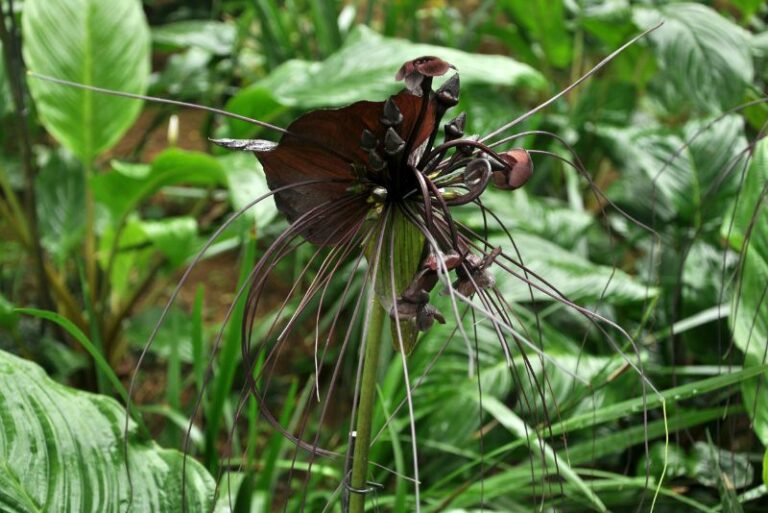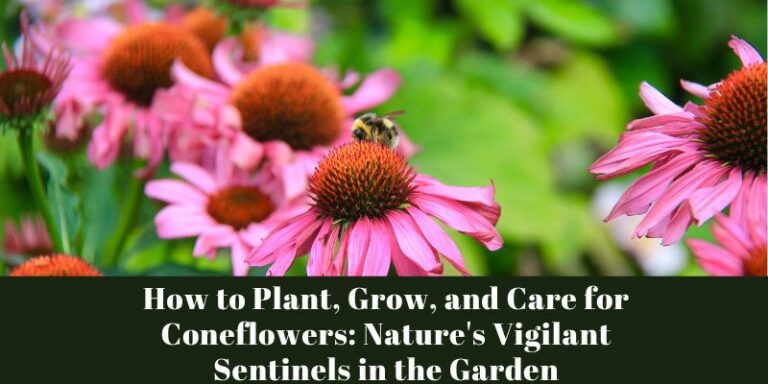Popular Types of Jasmine Vines and Shrubs: A Complete Gardeners’ Guide
Jasmine, a treasured addition to any garden, is coveted for its fragrant flowers and luscious greenery. This versatile plant offers a variety of types, each with its own unique charms and growth requirements. For garden enthusiasts, knowing the distinctions between jasmine varieties can be the key to a successful and aromatic garden. In this detailed post, we’ll explore the most popular types of jasmine vines and shrubs, offering in-depth insights and tips for their cultivation and care.
Types of Jasmine Vines: Climb to New Aromas
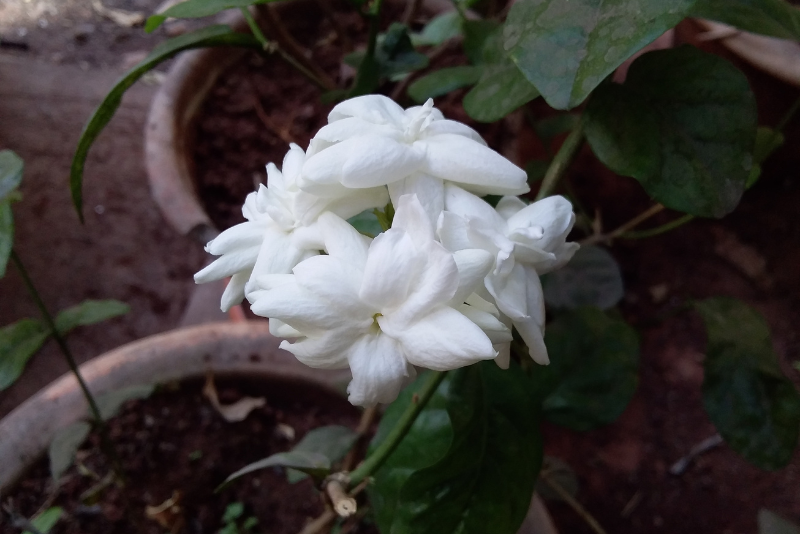
When you’re looking to add a vertical element to your garden, a jasmine vine can be an excellent choice. These climbers bring fragrance to new heights and are splendid for archways, trellises, or along a fence line.
1. Arabian Jasmine (Jasminum sambac)
Arabian jasmine is renowned for its glossy foliage and intensely scented white flowers, which are often used to make jasmine tea. It is a slow spreader, growing up to 6 feet tall indoors but potentially much taller when planted directly in the ground. Though it prefers full sun, Arabian jasmine can also thrive in partially shaded areas, making it a versatile addition to any garden.
2. Star Jasmine (Trachelospermum jasminoides)
Star jasmine is not a true jasmine but shares its scent and appearance. This evergreen vine produces clusters of white, pinwheel-shaped flowers that emit a heady aroma. It is a resilient plant, tolerating a wide range of conditions and known for its vigorous growth, possibly reaching 20 feet tall and wide. Star jasmine is perfect for covering large areas or creating a green, aromatic wall.
3. Winter Jasmine (Jasminum nudiflorum)
A different type of jasmine, winter jasmine, is so called for its ability to bloom in the cooler months. It’s a sprawling shrub that can be trained to climb with support, displaying yellow, almost identical, fragrant flowers to its warmer-weather counterparts. Winter jasmine is prized for its cold-hardiness and can bloom as early as December in some climates, bringing warmth and scent to the winter garden.
4. Confederate Jasmine (Trachelospermum asiaticum)
Also known as Asian star jasmine, confederate jasmine is a vigorous vine that can quickly cover large areas with its glossy green leaves and scented white flowers. Tolerant of both heat and humidity, this jasmine type is perfect for southern and tropical climates. It can handle a variety of soil types and is resistant to pests, making it a low-maintenance garden workhorse.
Types of Jasmine Shrubs: Grounded in Fragrance
For those who prefer a more compact yet equally fragrant addition to their garden, a jasmine shrub can be the perfect choice. These plants can be used as borders, ground cover, or standalone features, offering scent and beauty at nose-level.
1. Yellow Jasmine (Gelsemium sempervirens)
Yellow jasmine, also known as Carolina jasmine, is a native plant of the southeastern United States. It is a twining vine or small shrub with yellow, trumpet-shaped, highly fragrant flowers. Be cautious with this variety, as all parts of the plant are toxic. It prefers full sun to partial shade and moist, well-drained soil. Once established, it’s quite drought-tolerant and can grow up to 20 feet long.
2. Pink Jasmine (Jasminum polyanthum)
Unlike its namesake, the flowers of pink jasmine range from lighter pink to white as they mature. It’s a vigorous climber that requires a support structure and can grow up to 15 feet in height. Pink jasmine blooms profusely in the spring, filling the air with its sweet aroma. It’s generally easy to grow, with a preference for rich, well-drained soil and regular watering.
3. Primrose Jasmine (Jasminum mesnyi)
Primrose jasmine, also known as Japanese jasmine, boasts a profusion of bright yellow flowers and can bloom intermittently throughout the year. It’s a rounded shrub with arching branches, reaching about 10 feet in height and spread. This variety does well in full sun to light shade and prefers a neutral to slightly acidic soil pH. Prune after flowering to maintain a tidy shape.
4. Italian Jasmine (Jasminum humile)
Italian jasmine is a low-growing shrub, spreading rather than climbing. It’s ideal for ground cover or borders, boasting delicate yellow flowers and a sprawling habit. This jasmine is hardy in mild climates and may need protection from frost. It appreciates full sun and regular fertilization to promote blooming. Once established, it’s quite drought-tolerant and low-maintenance.
Growing and Care Tips for Jasmine
Cultivating jasmine is a rewarding experience, but like all plants, it requires proper care to thrive and perform at its best. Here are some general tips for growing healthy jasmine plants:
- Sunlight: Most jasmine varieties prefer full sun, but some can tolerate shade. Consult specific care guides for each type to understand its sunlight requirements.
- Watering: Jasmine plants generally need regular watering, especially when they’re young or during hot, dry spells. However, overwatering can lead to root rot, so make sure the soil is well-drained.
- Pruning: Regular pruning can help shape the plant, control its size, and encourage more flowers. For vines, it can also help contain their growth to a specific area. Prune after flowering, usually in late spring or early summer, to avoid cutting off flower buds.
- Fertilization: In the growing season, feed jasmine plants with a balanced fertilizer to encourage healthy growth and flowering. Different varieties may have different fertilization needs, so again, consult specific care instructions.
- Pests and Diseases: Jasmine plants can be affected by various pests, including aphids, whiteflies, and spider mites. Regular inspection and appropriate pest management can prevent infestations. Common diseases to watch for are sooty mold and powdery mildew, which can often be treated with fungicides.
It’s important to treat your jasmine plants with care and patience, as they can grow and live for many years if properly maintained.
Benefits of Jasmine Plants: Much More Than Fragrance
The allure of jasmine is not just in its sweet scent but also in the many benefits it brings to your garden and beyond:
- Aromatic Properties: The scent of jasmine is calming and is often used in aromatherapy. Having jasmine in your garden can provide a natural, pleasing aroma that can reduce stress and anxiety.
- Ornamental Value: Jasmine’s flowers can add color and beauty to your garden. They are especially lovely when planted en masse or when given room to sprawl or climb.
- Attracting Pollinators: Jasmine flowers attract bees and other pollinators, which can benefit your entire garden by promoting pollination and supporting the local ecosystem.
Conclusion: Jasmine, a Versatile and Fragrant Garden Addition
The many types of jasmine plants available offer something for every garden, whether you’re a beginner or an experienced horticulturist. By understanding the distinct characteristics of each variety and providing the right growing conditions, you can enjoy the beauty and fragrance of jasmine in your own garden. Experiment with different types, or stick with a tried-and-true favorite—either way, jasmine is sure to be a beloved addition to your outdoor space. Happy gardening!

